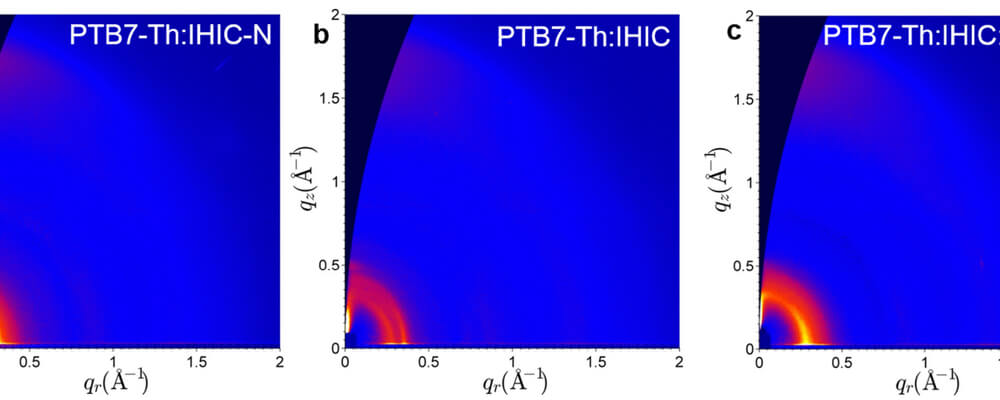Panchromatic Ternary Photovoltaic Cells Using a Nonfullerene Acceptor Synthesized Using
C–H Functionalization
Junxiang Zhang, Cenqi Yan, Wei Wang, Yiqun Xiao, Xinhui Lu, Stephen Barlow, Timothy C. Parker, Xiaowei Zhan, and Seth R. Marder
Chem. Materials.,
2018, 30, (2), 309; DOI:10.1021/acs.chemmater.7b04499

01/2018
Directing groups that are able to chelate the metal catalyst and facilitate selective C-H functionalization (mainly, at ortho-position) have been widely explored in reaction development field. About two decades ago, Yu group developed a new concept, called weakly coordinating directing groups with oxygen atom, such as carboxylate. From then, tons of transformations on the extraordinary array of substrates have been reported.
The Marder group utilized carboxylate directed bromination of naphthalene-2,6-dicarboxylic acid to make 3,7-dibromo-2,6-naphthalic acid, which can be converted to the diester and form 1 in 62% yield notably on gram scales. From 1, a new electron acceptor, IHIC-N, was synthesized and used as a substitute for fullerene in organic solar cells. High power conversion efficiency up to 11.9% was achieved in ternary devices.
This research highlights the ability of C−H functionalization to access compounds that are difficult to obtain by other routes, but which are desirable to fulfill specific requirements.
Author: Junxiang Zhang